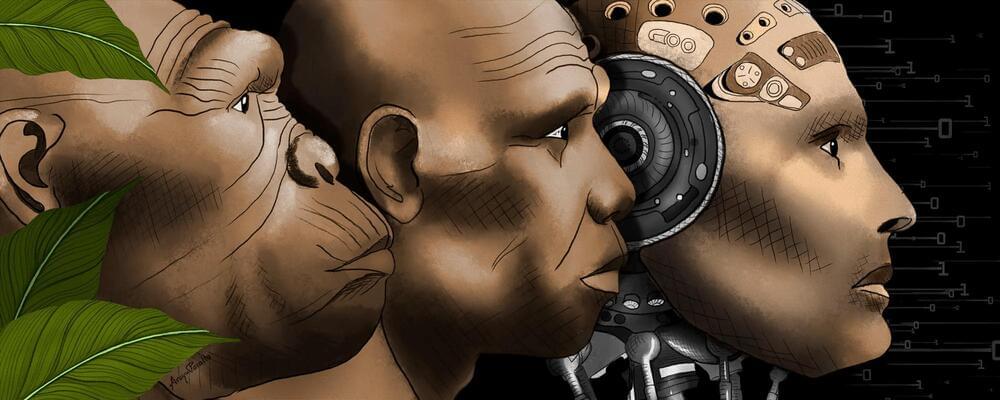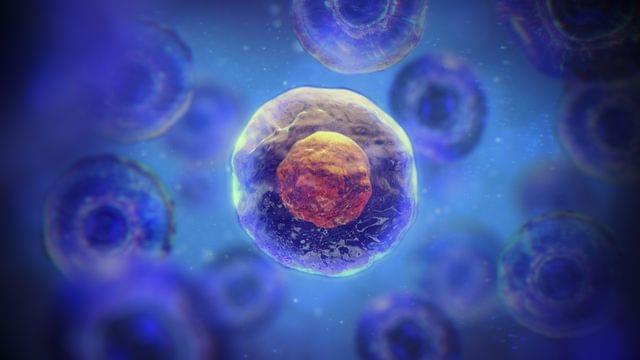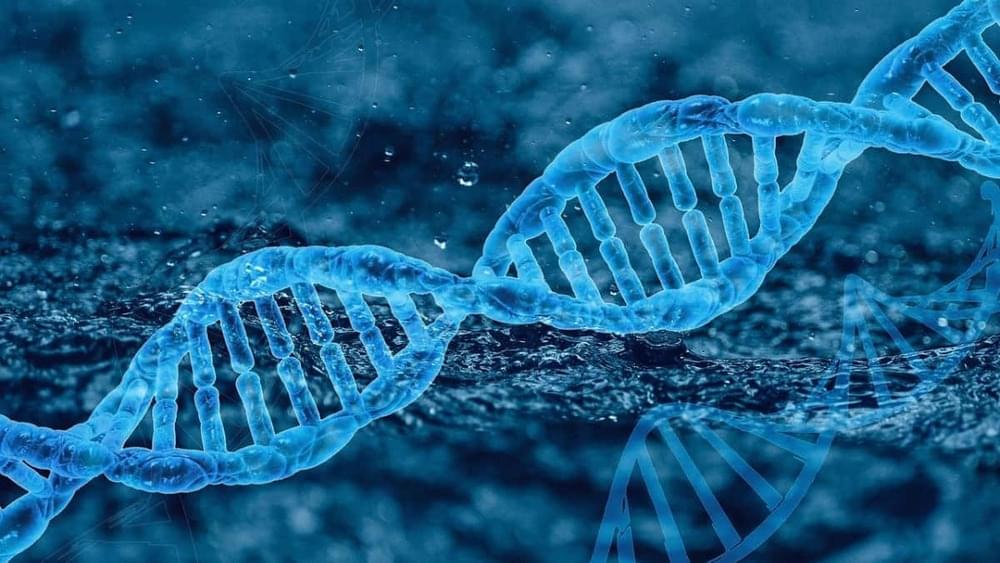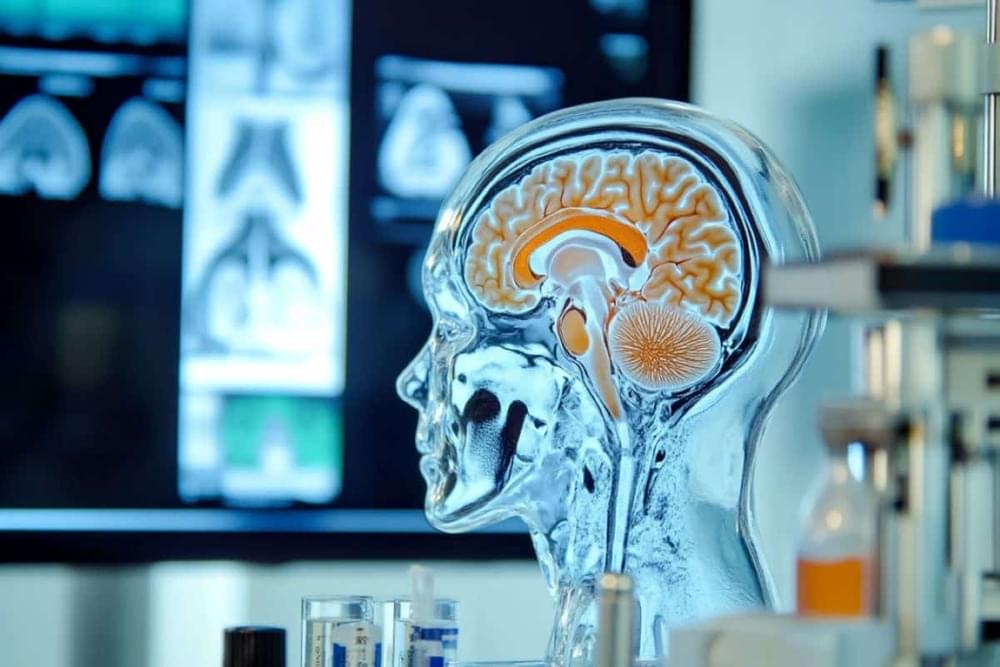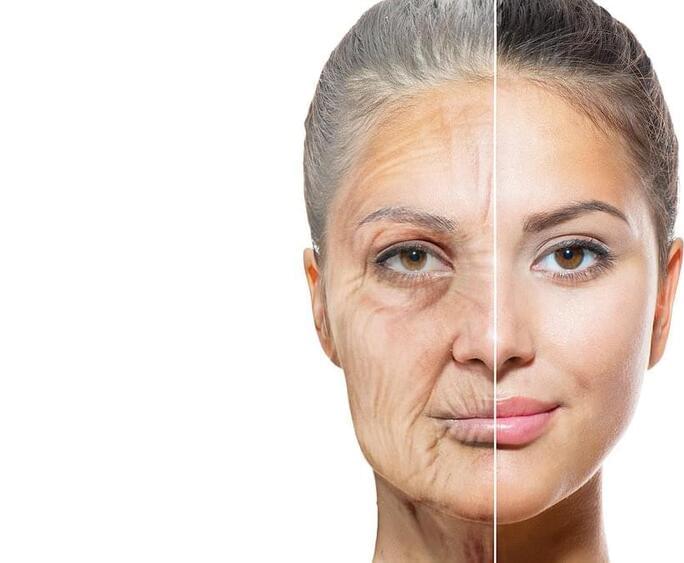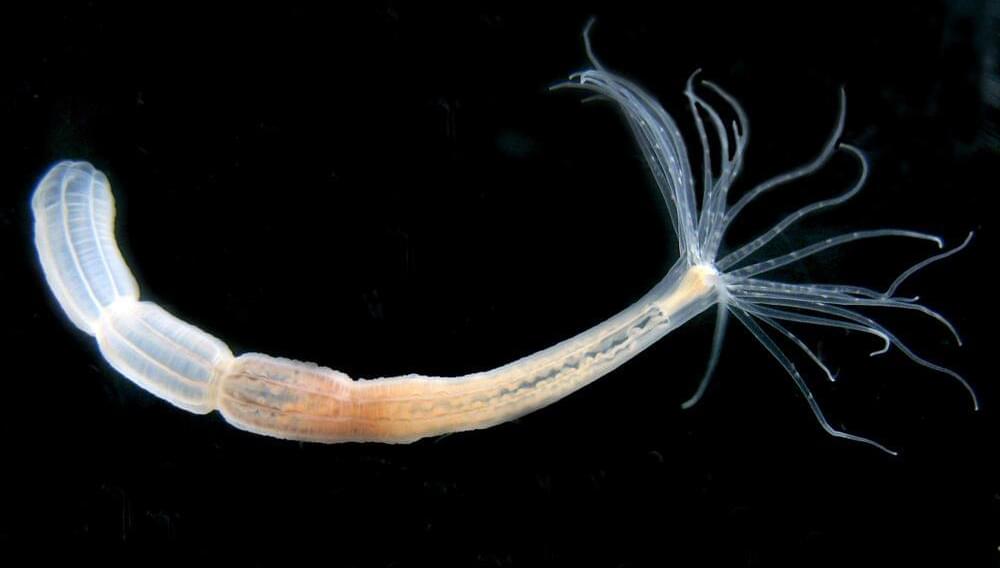M any prominent people in the tech industry have talked about the increasing convergence between humans and machines in coming decades. For example, Elon Musk has reportedly said he wants humans to merge with AI “to achieve a symbiosis with artificial intelligence”
His company Neuralink aims to facilitate this convergence so that humans won’t be “left behind” as technology advances in the future. While people with disabilities would be near-term recipients of these innovations, some believe technologies like this could be used to enhance abilities in everyone.
These aims are inspired by an idea called transhumanism, the belief that we should use science and technology to radically enhance human capabilities and seek to direct our own evolutionary path. Disease, aging and death are all realities transhumanists wish to end, alongside dramatically increasing our cognitive, emotional and physical capacities.
